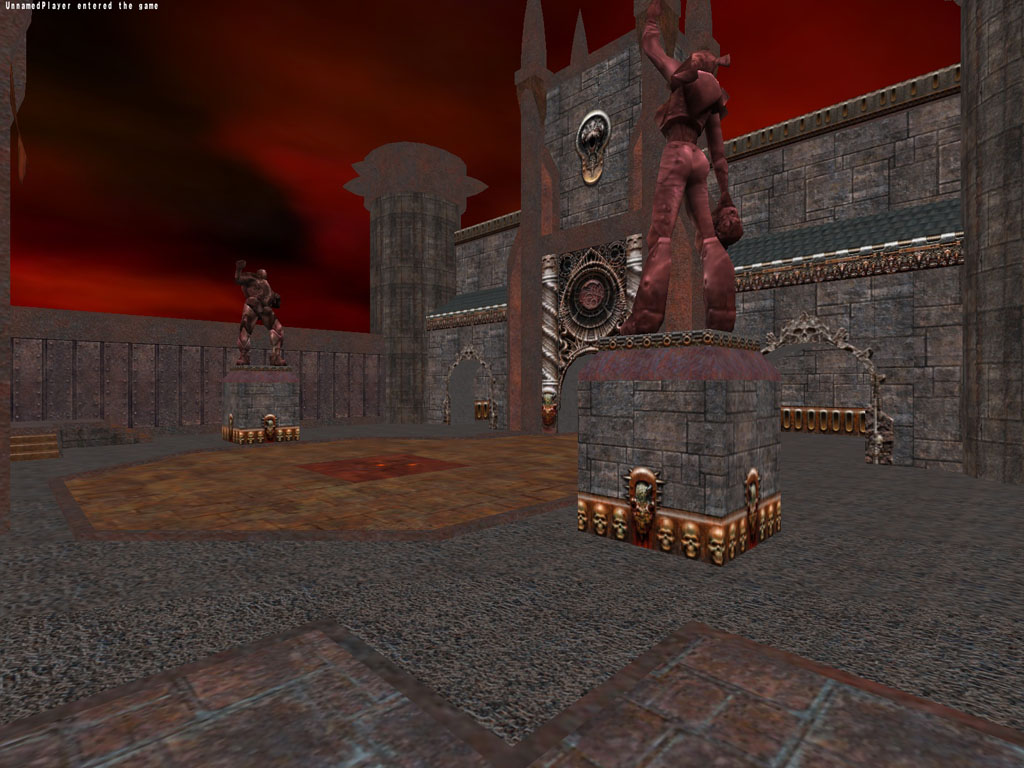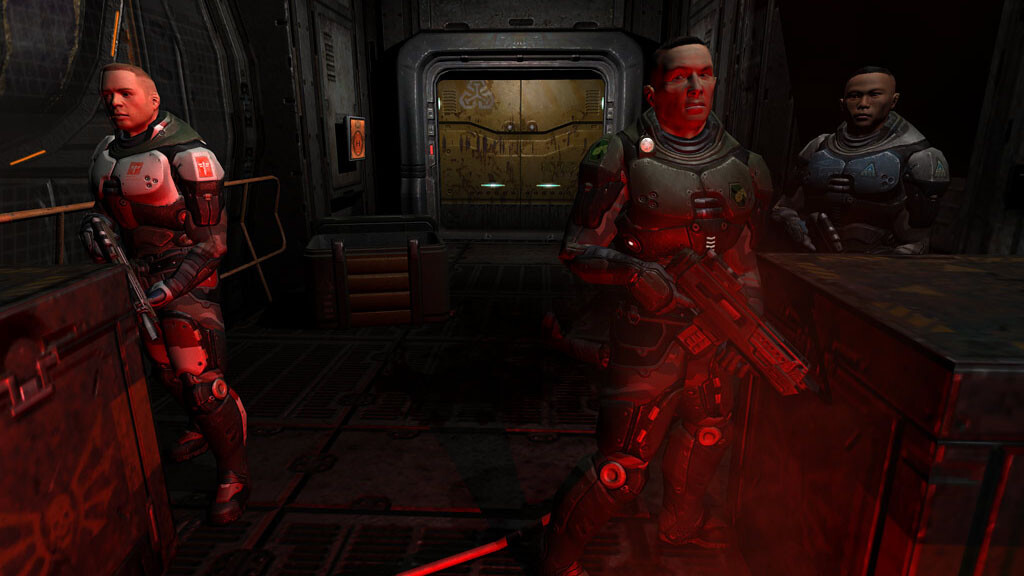
More info See in Glossary lights when Unity uses Forward Rendering A rendering path that renders each object in one or more passes, depending on lights that affect the object. Pixel lighting is calculated at every screen pixel. Pixel size depends on your screen resolution. Set the maximum number of pixel The smallest unit in a computer image. The Render Pipeline Asset to use for this Quality Level.


Unity lets you choose from pre-built render pipelines, or write your own.
QUAKE 4 STEAM LOW TEXTURE QUALITY SERIES
Render Pipeline A series of operations that take the contents of a Scene, and displays them on a screen. Level of Detail The Level Of Detail (LOD) technique is an optimization that reduces the number of triangles that Unity has to render for a GameObject when its distance from the Camera increases.A Terrain GameObject adds a large flat plane to your scene and you can use the Terrain’s Inspector window to create a detailed landscape. The effect of all the particles together creates the impression of the complete entity, such as smoke. A particle system can display and move particles in great numbers to represent a fluid or amorphous entity. Particles A small, simple image or mesh that is emitted by a particle system.Textures are often applied to the surface of a mesh to give it visual detail. Textures An image used when rendering a GameObject, Sprite, or UI element.
QUAKE 4 STEAM LOW TEXTURE QUALITY UPDATE
Then you can choose which of the quality options documented in the following sections you need to update or set: To define a new Quality Level, click the Add Quality Level button and type the name for the new level in the Name property box. To select a Quality Level for editing, click on its name in the matrix. To delete an unwanted Quality Level, use the trashcan icon (the rightmost column). Unity comes with six Quality Levels pre-enabled but you can add your own levels.Ī: The Quality Level you have defined in this project.Ĭ: The configuration of the current Quality Level. The Default row at the bottom of the matrix is not a Quality Level in itself but rather sets the default Quality Level used for each platform (a green checkbox in a column denotes the level currently chosen for that platform).

The rows of the matrix let you choose which of the different platforms each Quality Level applies to. Unity lets you assign a name to a given combination of quality options for easy reference. It is split into two main areas: the Quality matrix appears at the top and below it, the settings for the active Quality Level appear. Use the Quality settings (menu: Edit > Project Settings, then select the Quality category) to select the Quality Level in the Editor for the chosen device. Generally speaking, quality comes at the expense of framerate and so it may be best not to aim for the highest quality on mobile devices or older hardware since it tends to have a detrimental effect on gameplay. Unity allows you to set the level of graphical quality it attempts to render.


 0 kommentar(er)
0 kommentar(er)
